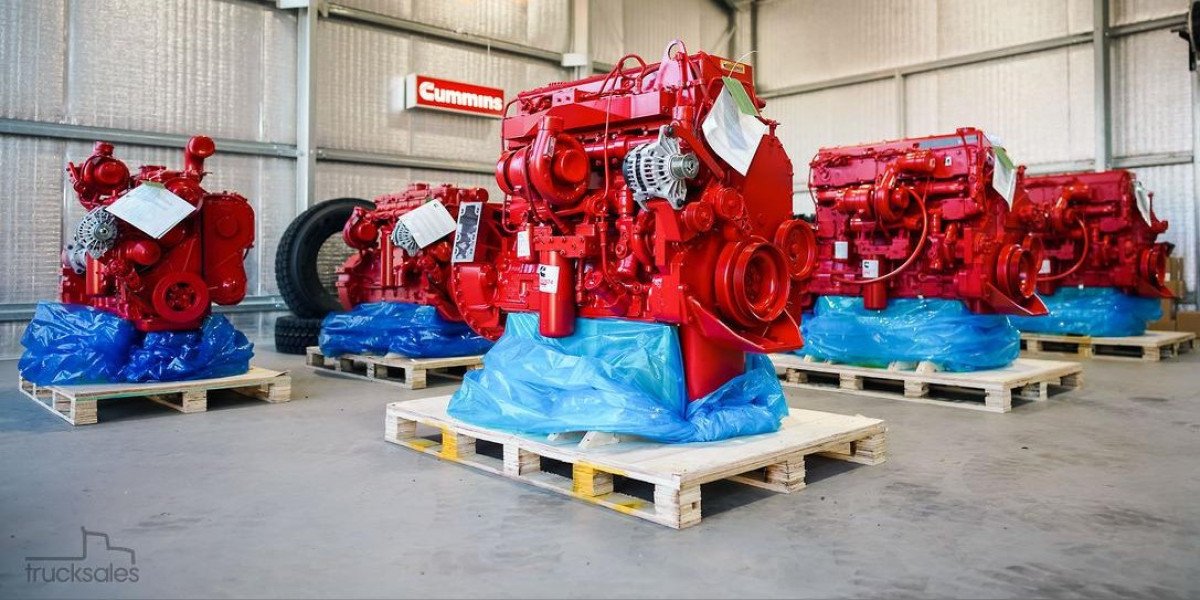Rapid prototyping services have become a fundamental pillar in accelerating innovation and product development across industries such as automotive, aerospace, healthcare, and consumer electronics. By swiftly transforming digital designs into functional prototypes, these services empower businesses to refine, test, and validate ideas faster than traditional manufacturing methods.
According to Straits Research, the global rapid prototyping service sector was valued at USD 2.47 billion in 2024 and is expected to expand from USD 2.87 billion in 2025 to USD 9.68 billion by 2033, registering a CAGR of 16.4% during the forecast period (2025–2033).
Latest Technological Advancements and Growth Factors
The rapid prototyping landscape is rapidly evolving due to improvements in additive manufacturing techniques such as 3D printing, fused deposition modeling (FDM), stereolithography (SLA), and selective laser sintering (SLS). These technologies enable the creation of complex geometries and fine details previously impossible or too costly with conventional methods. The result is faster iteration cycles, enhanced design validation, and reduced time-to-market.
AI-powered design optimization tools are becoming a game-changer, automating design improvements that minimize flaws and maximize functional efficiency. Companies are significantly reducing prototyping time—by up to 40% in some cases—while achieving higher precision and customization, leading to superior product quality.
Sustainability has emerged as a critical theme; service providers now increasingly use biodegradable polymers, recycled metals, and bio-based composites, aligning with environmental regulations and corporate social responsibility goals. Moreover, digital twin integrations enable virtual testing of prototypes in simulated real-world conditions, enhancing design refinement before physical production.
Regional Insights and Key Players
North America
The US leads rapid prototyping service adoption, driven by aerospace, automotive, and medical sectors demanding agile product development. Market leaders like Protolabs, Stratasys, and Xometry dominate here with state-of-the-art 3D printing technologies and localized manufacturing hubs that reduce turnaround times.
Europe
Germany, the UK, and France have robust rapid prototyping ecosystems supported by strong manufacturing sectors and innovation hubs. Companies like Materialise and EOS specialize in high-precision and metal-based prototyping, catering to automotive and healthcare industries emphasizing sustainability and precision.
Asia-Pacific
China, India, Japan, and South Korea are experiencing rapid growth; expanding manufacturing bases and tech-savvy startups fuel demand. Chinese players like Farsoon Technologies are innovating in metal 3D printing and hybrid prototyping services for automotive parts and consumer goods prototypes.
Latin America & Middle East
Brazil and Mexico are building rapid prototyping capabilities, primarily serving automotive and manufacturing SMEs. Middle Eastern countries with emerging tech sectors have government initiatives supporting innovation potentiating further adoption of prototyping services.
Recent Industry Highlights and Collaborations
In March 2025, Stratasys launched a next-generation multi-material 3D printer allowing simultaneous printing of flexible and rigid parts for more functional prototypes.
Protolabs expanded its service footprint to Southeast Asia in early 2025, enabling faster access for startups and manufacturers in the region.
Farsoon Technologies advanced metal 3D printing with higher speeds and precision, recently installed in leading Chinese automotive design centers.
The integration of AI-driven design software by 3D Systems is reducing prototype errors and accelerating design cycles across global manufacturing clients.
Partnerships between rapid prototyping firms and virtual/augmented reality companies are fostering immersive prototype visualization and collaborative design workflows.
Emerging Trends in Rapid Prototyping
AI-Based Design Optimization: AI tools generate optimized prototype designs autonomously, vastly shortening development phases and enhancing functional efficiency.
4D Printing: Self-adjusting and smart materials capable of changing shape post-production are gaining traction, especially for aerospace and healthcare applications.
Hybrid Manufacturing: The fusion of traditional CNC machining and additive manufacturing enables prototypes that balance precision, material properties, and complexity.
Sustainable Materials: Growing use of eco-friendly and recyclable materials reflects increasing environmental awareness across industries.
Digital Twin Integration: Real-time simulations and virtual testing via digital twins streamline iterations and optimize product performance before physical prototyping.
Automation and Rapid Turnaround: Automated quoting, printing, and QA processes reduce lead times from weeks to days or even hours.
Challenges and Opportunities
The main challenges include managing cost pressures, especially for low-volume or highly customized prototypes, and addressing the steep learning curve associated with sophisticated prototyping technologies. However, increased accessibility through cloud-based platforms and digital quoting tools is opening opportunities for SMEs and startups to benefit from rapid prototyping services.
Conclusion
Rapid prototyping services are reshaping innovation, reducing product development cycles, and enabling unprecedented customization and complexity across industries. With cutting-edge AI, sustainable materials, and virtual integration fueling market expansion, rapid prototyping is definitively paving the way for future-ready product design and manufacturing.
Summary
Rapid prototyping services are accelerating innovation with AI-driven design, sustainable materials, and seamless virtual integration. Regional leaders and technological advancements are propelling widespread adoption, enabling businesses worldwide to bring visionary products swiftly to life.








